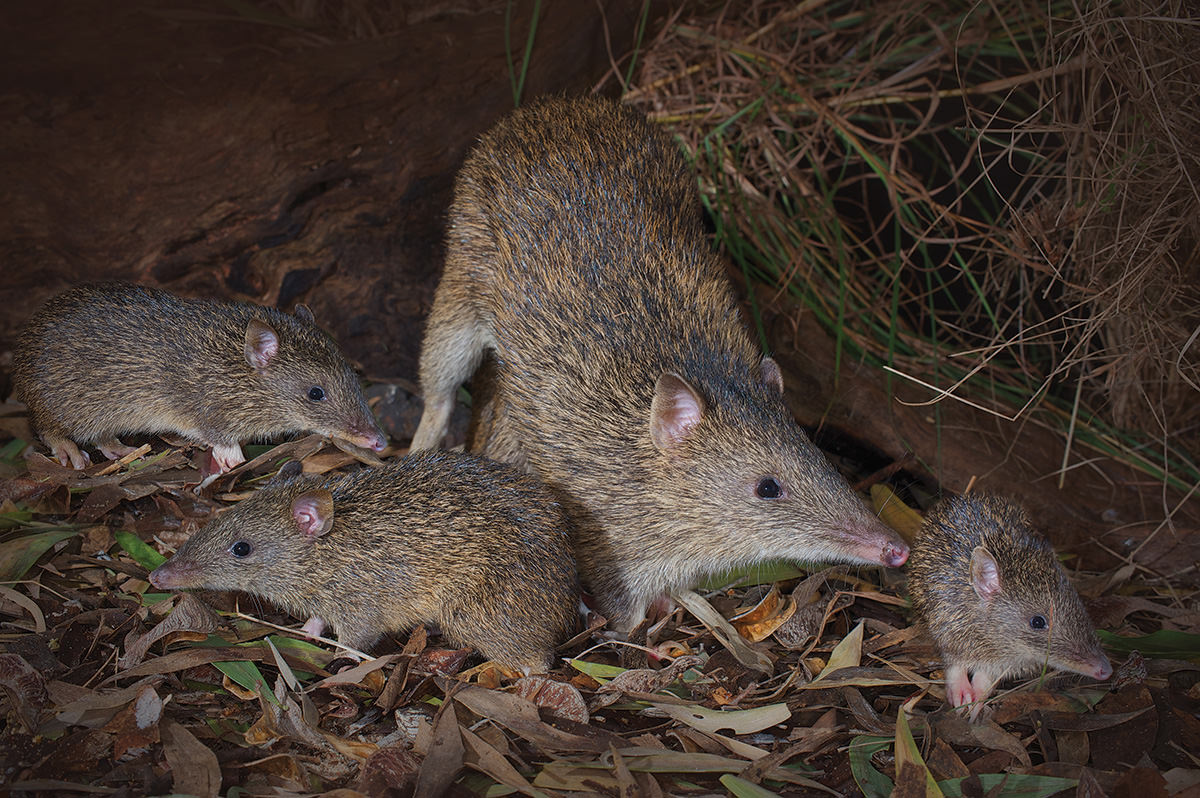For centuries, dogs have been regarded as indispensable allies in the ongoing battle against pests, particularly rats. Their keen senses, agility, and unwavering loyalty has made them invaluable assets in various fields, from agriculture to urban sanitation.
Rat plagues have haunted our societies since who knows when. The Black Plague was spread by rats. Most children have heard the tale of The Pied Piper of Hamelin.
We talk of " rats deserting sinking ships " and rats being used as euphemisms for liars and traitors. So today, I want to talk about rats. And the dogs who were bred to catch them. It makes me wonder who our modern day Jack Russell's and Fox Terriers will be....
There is a rat plague in Central Western Queensland in Australia at the moment.
Residents in the outback town of Longreach say rats are swarming into town.
Rat plagues caused havoc in northern parts of the state last year but were not seen in large numbers as far south as Longreach.
What's next? A pest control company says it has ordered extra bait to keep up with demand.
Swarms of native bush rats keen for a quick feed – or a swim – are scurrying into towns in Western Queensland.
The outback landscape is flourishing after flooding rain, but the conditions have also attracted some unwelcome guests.
In Longreach and surrounding towns locals are fishing rodents out of their swimming pools as they try to bring the exploding numbers under control.
Resident Bianca Goodman returned from a morning walk to find some uninvited visitors had made themselves at home.
"I thought I had two rats in the pool, but as I looked, I counted seven swimming around, quite happy," she said.
Having lived out in the bush, I can identify with the horror of a plague of mice. Been there, done that. I could certainly have used my Mum's Jack Russell or her long gone Foxie back then. But mice are one thing, rats another.
Many years ago, my father encountered a nest of native bush rats. He was horrified. His Manx heritage was such that he could not even bear to say the word: he always called them four leggers.
I am the same and it is taking me a great deal of courage to type that word R.A.T instead of four legger. Such is my commitment to you, dear readers. Anyway, we were on a picnic and Dad spotted a colony of bush rats. His repugnance was apparent. I hastily reassured him that they were not four leggers, but bandicoots.

It seemed to settle him. Whew. I knew damned well that they were four leggers but there was no way I was telling him that. But, maybe, in retrospect, they were bandicoots?
But back to my story.
The earliest known written accounts of the Pied Piper date back to the Middle Ages, with the earliest reference found in a stained glass window in the Church of Hamelin dating to around 1300 AD. The story, however, likely predates this written record and may have been passed down through oral tradition.
According to the legend, the town of Hamelin in Lower Saxony, Germany, faced a severe rat infestation during the 13th century. Desperate to rid the town of these pests, the mayor and townspeople sought the help of a mysterious piper dressed in colorful attire. The piper promised to rid the town of rats in exchange for payment.
With his enchanted pipe, the Pied Piper lured the rats out of Hamelin and led them to the River Weser, where they drowned. However, when the townspeople reneged on their promise and refused to pay the piper, he exacted his revenge by using his pipe to lead away the town's children, who followed him mesmerised by his music. The children were never seen again, leaving behind an empty and grief-stricken town.

Something for us to consider with the current situation.

No wonder we are seeing such a mess around the world - the piper is still calling the tune and calling in his debts.
But in the old days, during the Middle Ages, Europe grappled with rampant rat populations, which posed significant threats to food supplies and public health. Dogs, including terriers, spaniels, and even larger breeds like mastiffs, became indispensable assets in combating this menace. Monasteries, in particular, relied on skilled canine rat catchers to safeguard their food stores and manuscripts from rodent damage.
The development of specialised ratting terrier breeds marked a significant turning point in the history of pest control. In 19th-century Britain, ratting terriers, such as the Jack Russell Terrier and the Yorkshire Terrier, gained popularity for their exceptional rat-catching abilities. These small but fearless dogs were capable of navigating tight spaces and dispatching rats with remarkable efficiency, earning them praise as indispensable allies in the fight against the vermin.
The advent of the Industrial Revolution brought about rapid urbanisation and intensified rat infestations in burgeoning cities. Dogs continued to play a crucial role in controlling rat populations, particularly in overcrowded slums and industrial areas where sanitation standards were often lacking. Rat-catching became a lucrative profession for both humans and their canine companions, with skilled terriers commanding high wages for their services.
Perhaps one of the most famous rat-catching dogs in history was a Jack Russell Terrier named Jack. Jack became renowned in the early 19th century for his exceptional ability to catch rats in London's rat-infested streets. His exploits were even celebrated in a book titled "The Life and Adventures of Jack, the Famous Rat-Killer," published in 1828.
Another notable rat-catching dog was Toby, a terrier who lived in New York City during the 19th century. Toby gained fame for his rat-catching abilities, which he put to good use in clearing out warehouses and factories plagued by rodents.
While not primarily known as a rat catcher, Nipper achieved fame as the iconic image associated with the RCA Victor company's logo. Nipper was a terrier mix who became famous for his pose of listening intently to a phonograph. Although Nipper's primary role was as a model for the company's advertising, he is often associated with the idea of vigilance and attentiveness, qualities that are also valuable in rat-catching dogs.

Which leads me to my conclusion.
These days, our enemy is not the plague of four leggers in Longreach.
It is the plague of rats in Canberra.
Our problem is finding some terriers to hunt the bastards down and get rid of them before they take over completely. I like the terriers from the little known breeds: the Pauline, the Babet and the Malcolm Roberts breeds. The Gerard Rennick breed.
Not your designer $5000 a pop dog. A terrier that was bred to hunt the rats down.
A tenacious terrier who smells a rat when he sees one.
BLOG COMMENTS POWERED BY DISQUS































































